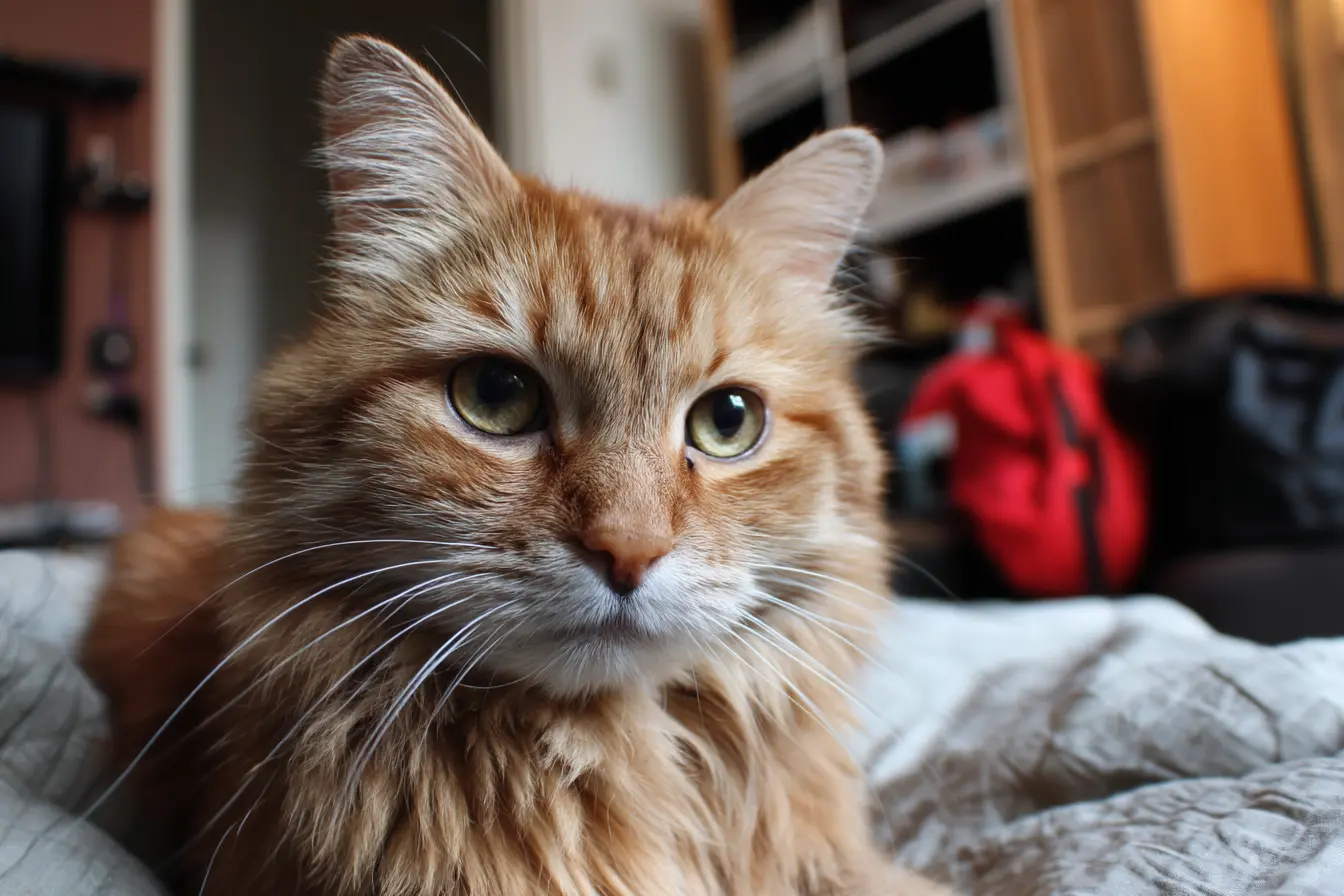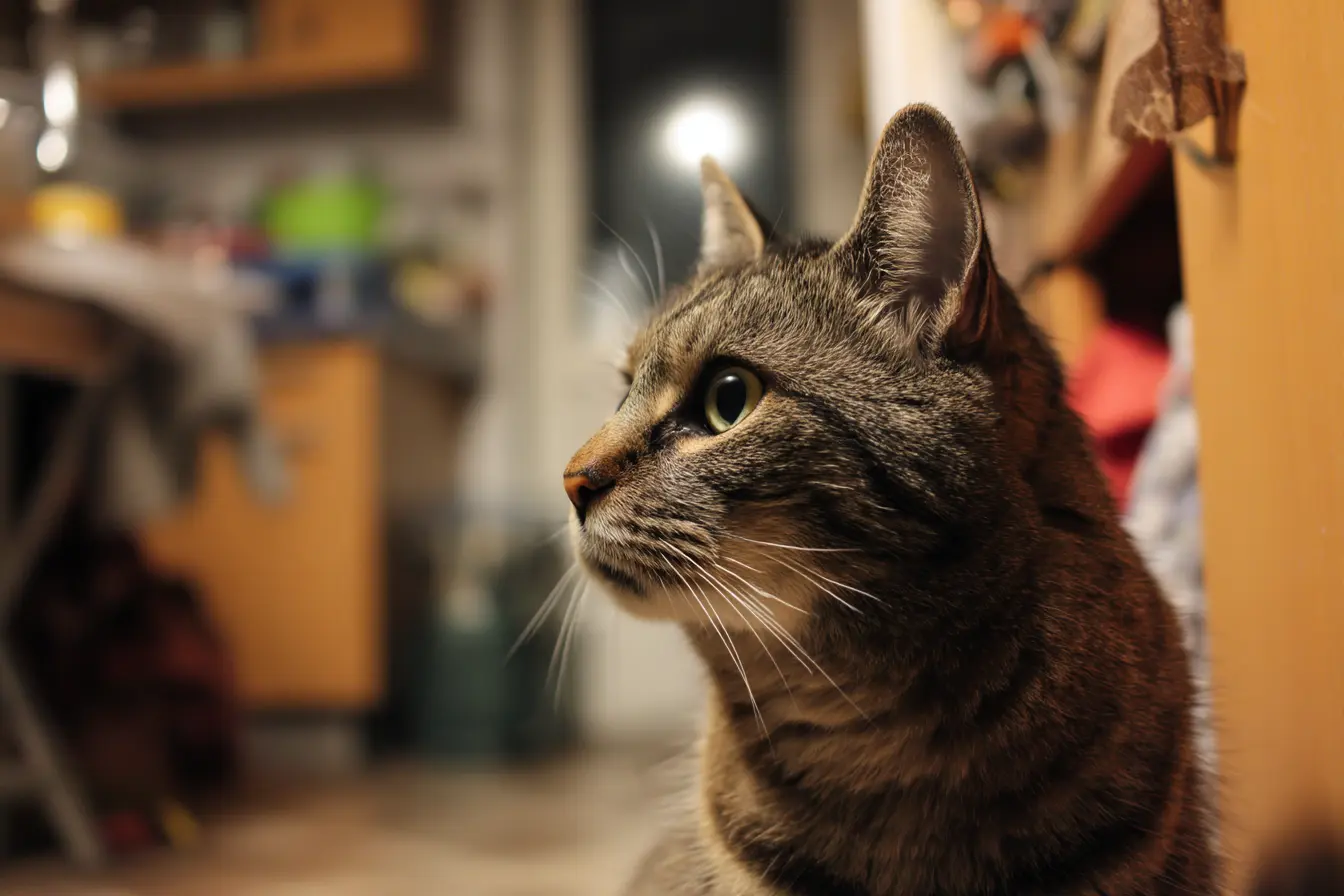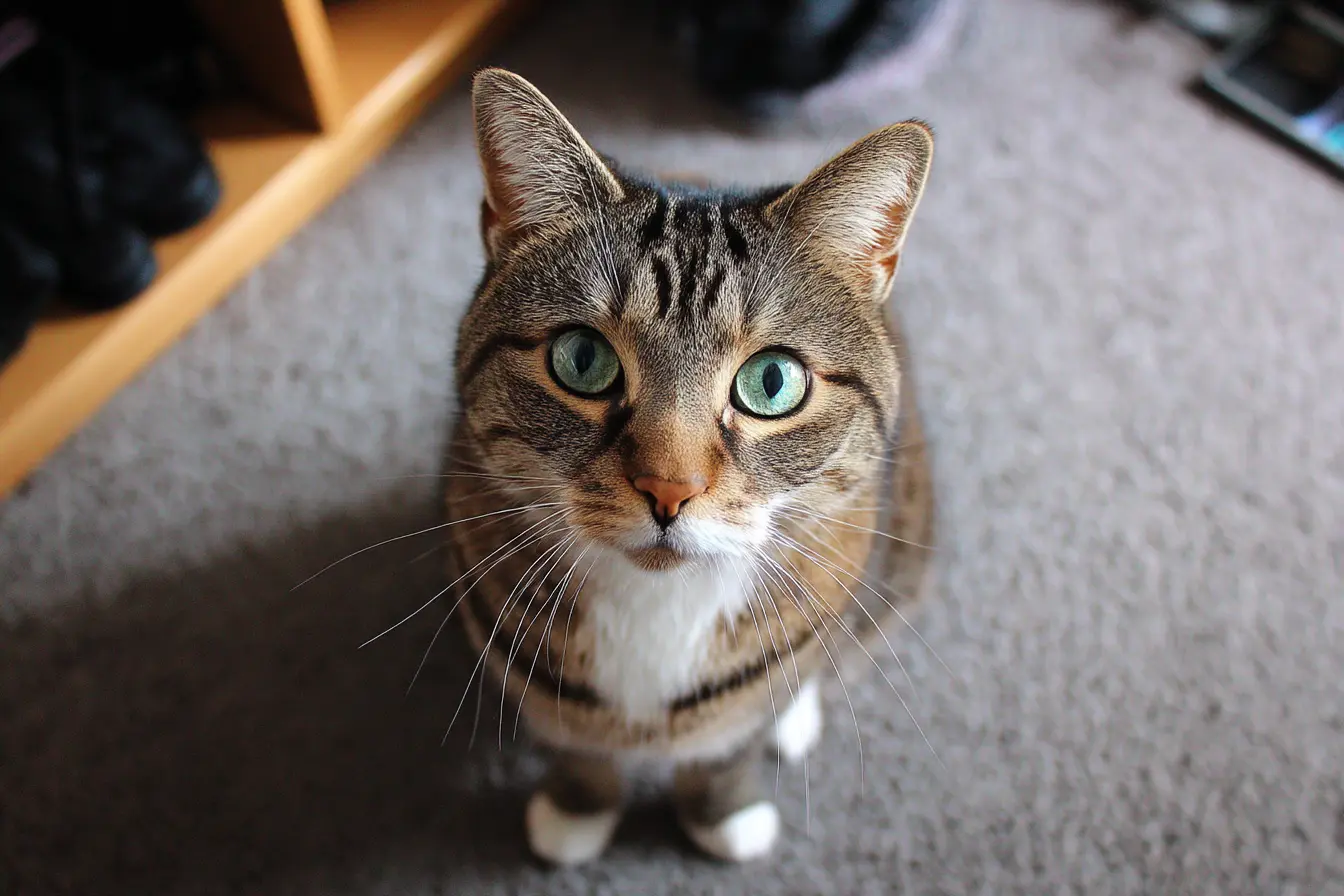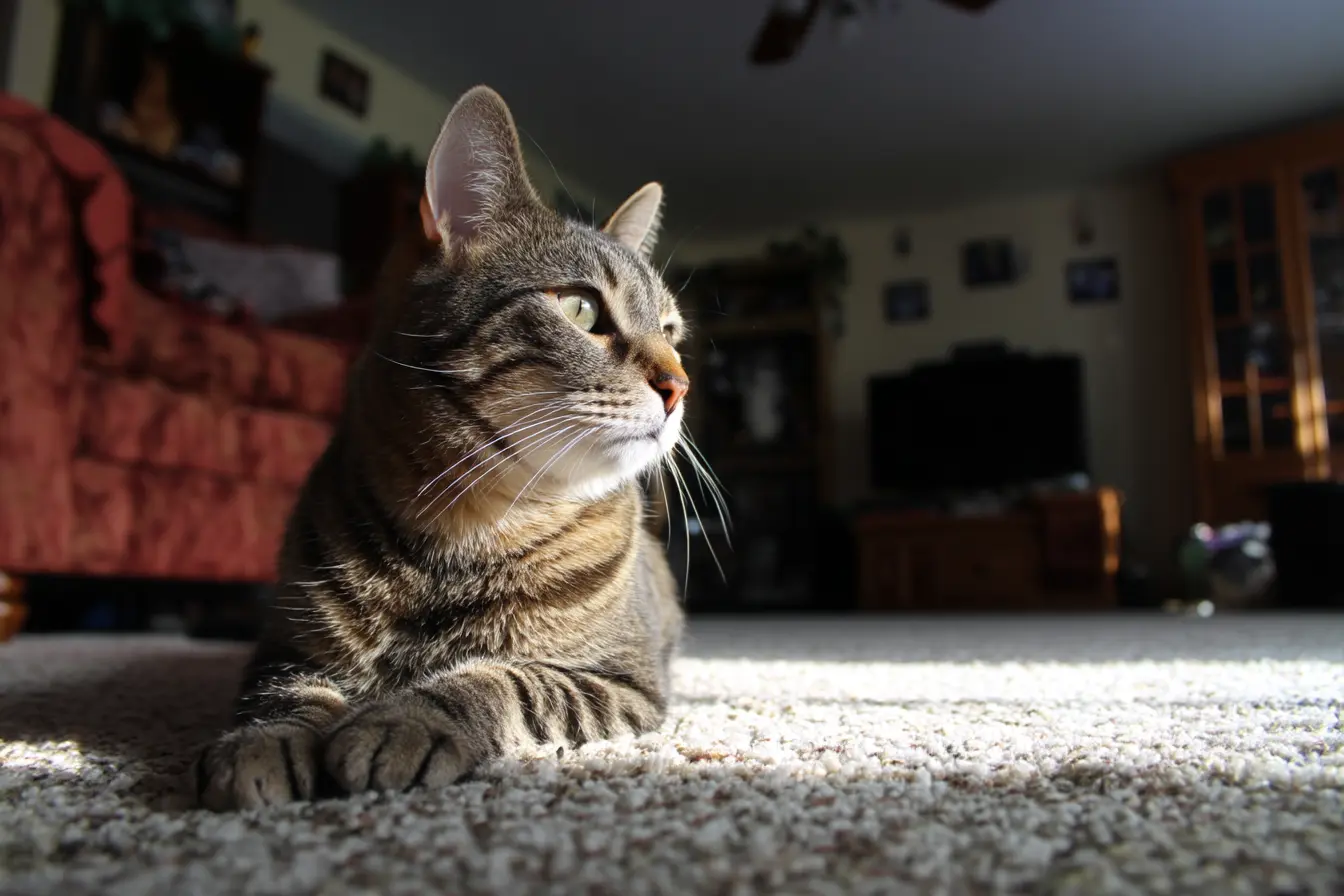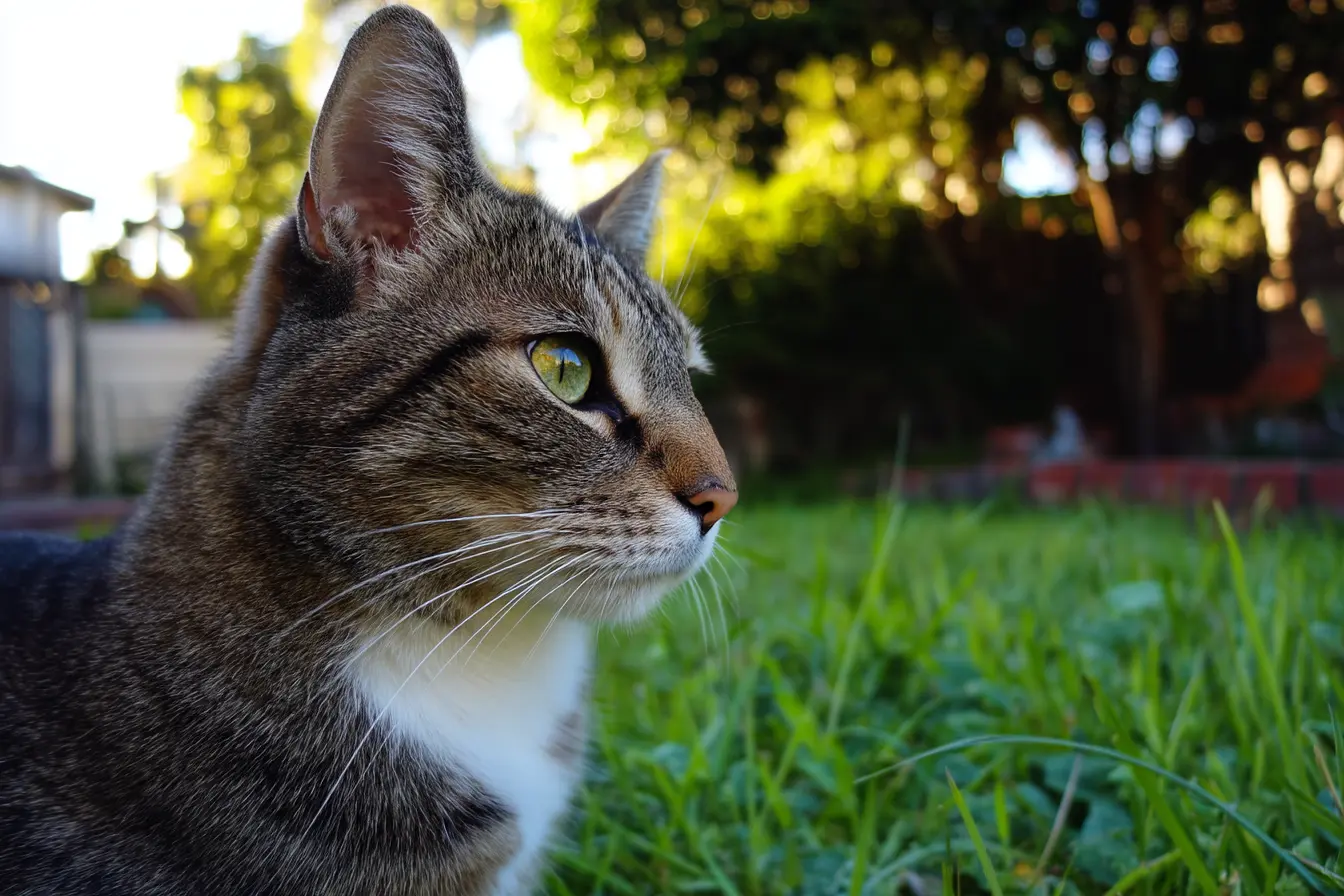
Feline Lower Urinary Tract Disease (FLUTD) in Cats: Causes, Symptoms, Treatment, and Prevention
Feline Lower Urinary Tract Disease (FLUTD) is a common and potentially serious condition affecting a cat’s bladder and urethra. It is not a single disease but rather a collection of disorders that cause difficulty or pain when urinating.
FLUTD can range from mild discomfort to life-threatening urinary blockages, particularly in male cats. Understanding its causes, recognising symptoms early, and implementing proper treatment and prevention strategies can help keep your cat healthy.
What is Feline Lower Urinary Tract Disease (FLUTD)?
FLUTD refers to any disorder that affects the lower urinary tract (bladder and urethra), causing symptoms such as frequent urination, straining, pain, or blood in the urine. It can be caused by infections, bladder stones, inflammation, or stress-related conditions.
FLUTD affects cats of all ages but is most common in middle-aged, overweight, indoor cats that eat dry food and experience stress.
Causes of FLUTD in Cats
FLUTD has multiple underlying causes. A vet’s diagnosis is essential to determine the exact reason for a cat’s urinary issues.
Idiopathic Cystitis (FIC) – Most Common Cause
- Also known as Feline Idiopathic Cystitis (FIC).
- Accounts for 60-70% of FLUTD cases.
- No infection present; instead, bladder inflammation occurs due to stress, diet, or environmental factors.
- More common in young to middle-aged cats.
Urinary Blockages (Urethral Obstruction) – Medical Emergency
- More common in male cats due to their narrow urethra.
- Blockages occur due to crystals, mucus plugs, or inflammation in the urethra.
- Can lead to a fatal build-up of toxins in the blood if untreated.
Bladder Stones (Uroliths)
- Hard mineral deposits form in the bladder, irritating the lining and sometimes causing blockages.
Types of bladder stones:
- Struvite stones (common, can be dissolved with diet).
- Calcium oxalate stones (require surgery).
Urinary Tract Infections (UTIs)
- More common in older cats or those with conditions like diabetes or kidney disease.
- Caused by bacteria entering the bladder, leading to inflammation and discomfort.
Other Causes of FLUTD
- Anatomical defects (e.g., congenital narrowing of the urethra).
- Tumours (rare, but possible in older cats).
- Neurological disorders affecting bladder function.
Symptoms of FLUTD in Cats
FLUTD symptoms can range from mild to severe. If left untreated, complications like kidney damage or urinary obstruction can occur.
Common Symptoms
- Frequent trips to the litter box (urinating small amounts).
- Straining to urinate (can be mistaken for constipation).
- Crying or vocalising in pain while urinating.
- Blood in the urine (haematuria).
- Urinating outside the litter box (often due to pain or urgency).
- Excessive licking of the genital area.
- Strong-smelling or cloudy urine.
Symptoms of a Urinary Blockage (Medical Emergency)
If a cat cannot urinate at all, this is a life-threatening emergency that requires immediate veterinary attention.
- Repeated straining with no urine output.
- Crying in pain or extreme distress.
- Swollen, firm abdomen.
- Lethargy, vomiting, or loss of appetite.
- Collapse or unresponsiveness (end-stage blockage).
A urinary blockage can quickly become fatal due to a build-up of toxins in the bloodstream. Seek emergency vet care immediately if you suspect a blockage.
Diagnosing FLUTD in Cats
A vet will diagnose FLUTD through a combination of medical history, physical examination, and diagnostic tests.
Common Diagnostic Tests
- Urinalysis: Examines urine for blood, crystals, infection, or inflammation.
- Urine culture: Identifies bacterial infections if present.
- X-rays or ultrasound: Detects bladder stones, tumours, or abnormalities.
- Blood tests: Checks kidney function and electrolyte imbalances.
- Bladder biopsy or cystoscopy (in rare cases): Examines the bladder lining.
Treatment for FLUTD in Cats
Treatment depends on the underlying cause of FLUTD. Some cases require long-term management, while others need immediate intervention.
Treating Idiopathic Cystitis (FIC)
Since stress is a major trigger, management focuses on lifestyle changes and diet.
- Increase water intake (switch to wet food, use water fountains).
- Stress reduction (provide a calm environment, use pheromone diffusers like Feliway).
- Special urinary diets (prescription diets like Hill’s c/d or Royal Canin Urinary SO).
- Pain relief medications (prescribed by a vet).
Treating Urinary Blockages
- Emergency catheterisation to remove the blockage.
- IV fluids to flush out toxins.
- Pain relief and muscle relaxants.
- Surgery (Perineal Urethrostomy - PU Surgery) in severe cases.
Treating Bladder Stones:
- Struvite stones: Special prescription diet to dissolve stones.
- Calcium oxalate stones: Surgical removal is required, as they cannot be dissolved.
Treating Urinary Tract Infections (UTIs)
- Antibiotics (based on culture results).
- Increased water intake to flush bacteria.
- Follow-up urinalysis to confirm infection is cleared.
Preventing FLUTD in Cats
Prevention is key, especially for cats prone to recurrent FLUTD episodes.
Encourage Hydration
- Switch to wet food (contains more moisture).
- Use a cat water fountain to encourage drinking.
- Add water to food if needed.
Feed a Balanced Diet
- Urinary prescription diets (for cats with a history of FLUTD).
- Avoid high-magnesium, phosphorus, and calcium diets, as these contribute to stone formation.
Manage Stress and Environment
- Provide a consistent routine to reduce anxiety.
- Use pheromone diffusers to promote calm behaviour.
- Ensure multiple clean litter boxes in different locations.
Maintain a Healthy Weight
- Overweight cats are more prone to FLUTD.
- Provide regular exercise and portion-controlled feeding.
Regular Veterinary Check-ups
- Annual vet exams to catch early signs of urinary issues.
- Regular urinalysis for cats with a history of FLUTD.
Conclusion
Feline Lower Urinary Tract Disease (FLUTD) is a serious but manageable condition affecting many cats. Early detection, proper hydration, stress reduction, and diet management are crucial to preventing and managing FLUTD.
If you notice straining, blood in urine, or your cat cannot urinate, seek veterinary care immediately, as a blockage can be fatal within 24–48 hours.
By understanding the causes, symptoms, and prevention strategies, cat owners can help their feline companions lead a healthy, comfortable life free from urinary problems.
Vets near you
Speciality vets
- Aquatics vet specialists
- Birds vet specialists
- Camelids vet specialists
- Cats vet specialists
- Cattle vet specialists
- Deer vet specialists
- Dogs vet specialists
- Equines vet specialists
- Exotic vet specialists
- Goats vet specialists
- Pigs vet specialists
- Poultry vet specialists
- Sheep vet specialists
- Small Mammals vet specialists
- Wild vet specialists
